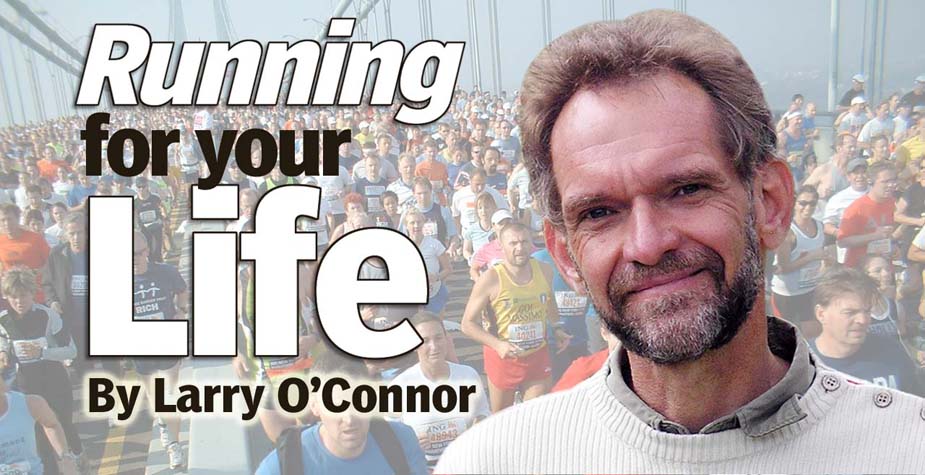What do
you believe if not universal truths as a ritual to divine enlightenment?
Life,
it could be argued, isn’t black and white. But during one brief period in a
Paris salon just before the turn of the last century, some very talented
artists seemed to be doing their darndest to find a painterly pathway to
nirvana.
All of
which can be seen in one tidy exhibition at Manhattan’s Guggenheim Museum. (Or
a single ring of the snail; you go Frank Lloyd Wright!)
What
you want to look at is just beyond the entranceway. The “hologram” of
angelically dead Orpheus by Belgian artist Jean Delville, with face upon a
ripple river, stars reflect, traces on the canvas suggesting ancient wood, giving
life to his death.
If this
is one of the ways to go, who can quibble?
Then
Henri Martin, before this blending of the skills of the Impressionists
(Pointillism) to reveal otherworldly beauty and “spirituality” vanished, paints
his shimmering “Young Saint.” Like, he had just done so and left the room.
What
else? “I Lock My Door Upon Myself” by Fernand Khnopff, a sensibility that
shudders in our culture yet, the personification if not the “pornification” of
women figures, celebrating beauty not intellect, throwback to the
pre-Raphaelites, whose title was derived from the poem, “Who Shall Deliver Me?”,
by Christina Rossetti, sister of the pre-Raph painter Dante Gabriel Rossetti.
Then we
got a girl with a sheep … and one that strikes me as being done in the spirit
of a top editorial meeting at the New York Times in the days after the botch
job reporting of the presidential election. “The Disappointed Souls” by
Ferdinand Holdler. Influenced as he was by Thanatos, the personification of
death in Greek mythology.
Hurry,
you’ve only a week to go and see the Symbolists ! before the show closes. You’ll
thank me (or maybe not …) J
Next: Running for Your Life: Fall
Into Place
